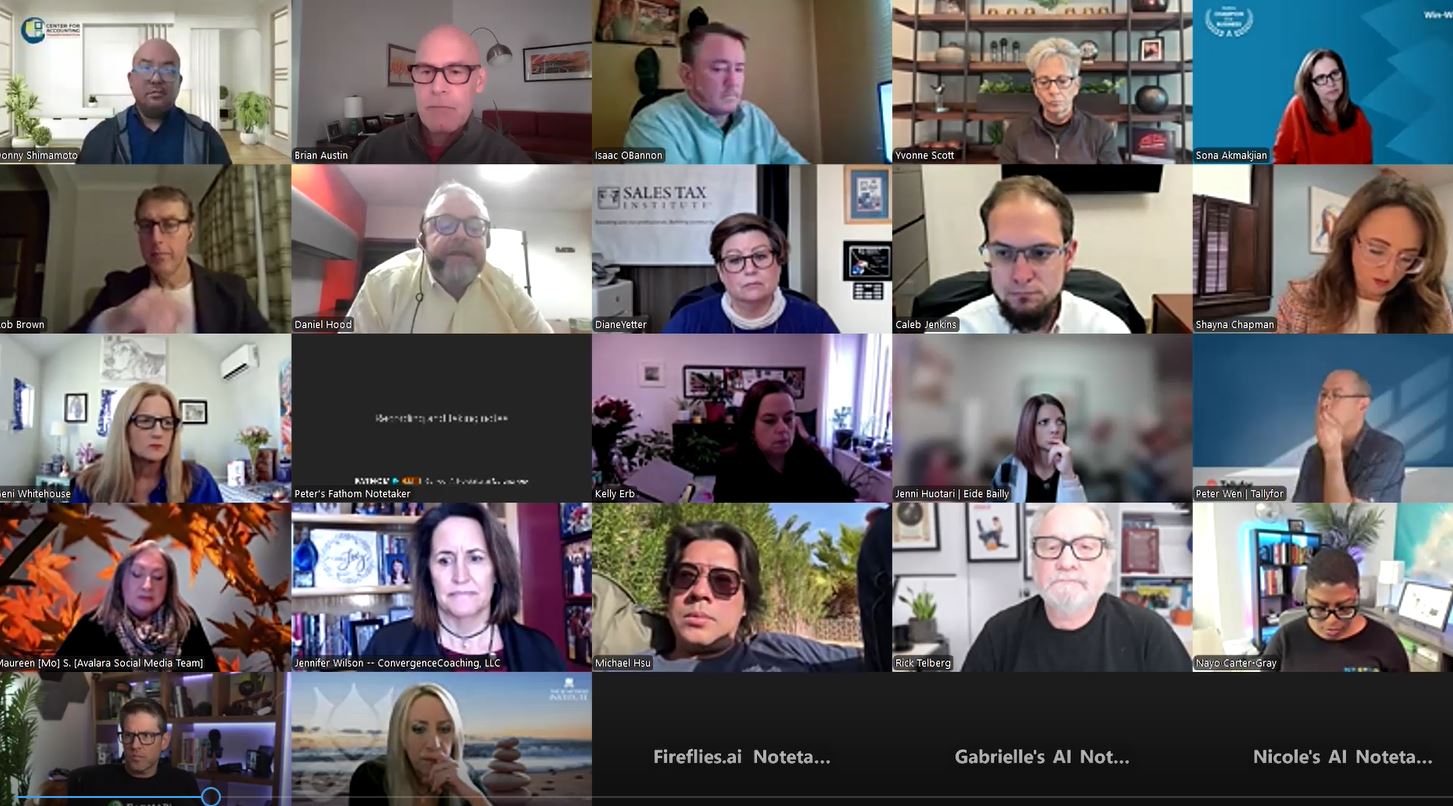In 2010, an employee of HomeNurse, Inc., went to the U.S. Equal Employment Opportunity Commission (EEOC) and filed a charge claiming she had been discriminated against because of race, age, disability and genetic information, and that her employer had retaliated against her. It turned out the complainant was not disabled, is white, has no pre-existing genetic conditions and is under the age of 40. It also turned out the employee had been fired for posting confidential patient information on her Facebook page.
The EEOC responded to the charge by raiding the company “as if it were the FBI executing a criminal search warrant,” according to HomeNurse. Commission officials showed up unannounced at a small office in Georgia where no senior staff worked, waved around subpoenas, intimidated staff and began going through files. The raid continued, with EEOC staff snatching information, until company attorneys were able to telephone the EEOC’s regional attorney to call a halt to the raid.
HomeNurse spent the next three years battling with the EEOC on the charge. Finally, Magistrate Judge Walter E. Johnson of the U.S. District Court for the Northern District of Georgia issued a blistering ruling of the EEOC’s tactics and refused to enforce the subpoena. “The EEOC’s highly inappropriate search and seizure operation, its failure to follow its own regulations, its foot-dragging, its errors in communication which caused unnecessary expense for HNI, its demand for access to documents already in its possession, and its dogged pursuit of an investigation where it had no aggrieved person, constitutes a misuse of its authority as an administrative agency,” the judge wrote.
Cases such as HomeNurse’s are raising concerns among lawmakers, judges and companies. According to a U.S. Senate report released last November, titled “EEOC: An Agency on the Wrong Track? Litigation Failures, Misfocused Priorities, and Lack of Transparency Raise Concerns about Important Anti-Discrimination Agency,” the EEOC is taking on questionable cases, sometimes through overly aggressive tactics. The report, issued by the U.S. Senate Committee on Health, Education, Labor and Pensions, found that the EEOC “has suffered significant court losses that are embarrassing to the agency and costly to taxpayers.”
Considering these alarming recent practices, employers need to understand recent EEOC actions and trends and what areas may leave them particularly vulnerable to scrutiny.
The Senate Report
On its website the EEOC claims, “Our role in an investigation is to fairly and accurately assess the allegations in the charge and then make a finding. If we find that discrimination has occurred, we will try to settle the charge. If we aren’t successful, we have the authority to file a lawsuit to protect the rights of individuals and the interests of the public. We do not, however, file lawsuits in all cases where we find discrimination.”
However, rather than being fair and accurate, some of the EEOC’s current approaches are plagued by numerous problems, the Senate report found. According to the report, “Courts have found EEOC’s litigation tactics to be so egregious they have ordered EEOC to pay defendants’ attorney’s fees in ten cases since 2011. The courts have criticized EEOC for misuse of its authority, poor expert analysis, and pursuit of novel cases unsupported by law. Several courts have openly criticized EEOC for its failure to satisfy pre-litigation requirements, such as attempting to resolve discrimination disputes out of court; yet, the general counsel is leading an effort to prevent court review of such requirements.”
Among the report’s key findings:
- The EEOC’s Office of General Counsel frequently initiates litigation without the benefit of a commission vote, which represents a significant departure approach from the previous general counsel.
- Ten times in the last four years, the EEOC has been sanctioned by courts and ordered to pay attorney’s fees for untenable litigation and litigation strategies.
- The EEOC is pursuing fewer monetary awards in litigation for victims of discrimination. In fiscal year 2012 and 2013, the EEOC recovered $44.2 million and $38.6 million, respectively. That represents the least amount of recovery in 16 years.
- By law, the EEOC is required to attempt to resolve discrimination claims out of court. Yet it is not doing so consistently. In one ruling, the court found that the EEOC “blatantly contravene[d] Title VII’s emphasis on resolving disputes without resort to litigation.”
- The number of cases resolved outside of court, or “successful conciliations,” has decreased from 8,273 during the first five years of the previous administration to 6,967 during the same time period in the current administration.
- The EEOC is being sued for failing to meet deadlines set by the Freedom of Information Act (FOIA) and EEOC’s own FOIA regulations.
Employers Should Tread Carefully
Dealing with the EEOC under any circumstances is challenging enough. When faced with an aggressive, overreaching agency, employers need to be prepared, have a plan and understand where they may be most vulnerable.
- Don’t be caught by surprise
When an employee or former employee files a discrimination charge with the EEOC, the commission is supposed to notify employers within 10 days and provide the name and contact information of the investigator. According to the EEOC, in many cases, employers “may opt to resolve a charge early in the process through mediation or settlement.” These represent voluntary resolutions. During an investigation, the employer and employee will be asked to provide information, which is evaluated by an investigator.
According to the EEOC, if a charge is not promptly dismissed, it means the commission believes it has grounds for further investigations. On average, it takes the EEOC more than six months to process an investigation. Once the investigator has completed the investigation, the EEOC will make a determination on the merits of the charge.
At least, that’s the way it’s supposed to work. However, as the HomeNurse case shows, the EEOC doesn’t necessarily follows its own procedures. That means employers need to understand their rights, and be prepared to defend those rights if necessary.
- Have a plan
When contacted by the EEOC, companies need to know how to respond and who to call. This can be particularly important with multiple offices and locations, some of which may not have senior management, in-house counsel or HR staff on site.
Companies need to make sure employees at every site know who to call when contacted by the EEOC or when investigators show up with subpoenas. The contact list should include managers, attorneys and HR. Having this information readily available will allow companies to respond immediately and minimize disruptions and potential intimidating activities.
In the current environment, it makes sense to have experts on speed dial. Employers don’t want to waste any time trying to find a lawyer with specific experience dealing with the EEOC. Proactively developing these relationships can help companies reduce the chances of drawn-out investigations or litigation.
- Know the potential trouble areas
The troublesome cases cited in the Senate report span different types of claims, from alleged Americans with Disabilities Act violations to supposed racial discrimination under Title VII of the Civil Rights Act of 1964 to what the EEOC claimed were illegal actions under the Age Discrimination in Employment Act. While few areas are off-limits to the EEOC, some types of claims may present more risk than others. In addition, these areas are also the focus of EEOC enforcement activity.
Those include background checks, particularly credit checks. Federal laws, including the Fair Credit Reporting Act, and state laws can limit how companies use credit checks when conducting background investigations.
Hiring practices represent another area where the EEOC may be on the lookout for alleged violations. When hiring and retaining workers, companies must be careful to avoid even the appearance of any type of discrimination based on age, race, gender, sexual orientation, religion or other protected statuses.
Drug and other impairment testing is another area where employers need to understand and comply with all local, state and federal laws. This can be extremely complicated as more states legalize marijuana, which can directly clash with federal law.
The relatively recent introduction of the Genetic Information Nondiscrimination Act of 2008 (GINA) can also present new territory for employers, employees and the EEOC.
- Document everything
When dealing with employee hiring, discipline and termination, documentation is critical. Without proper record-keeping, even routine EEOC investigations can quickly become expensive, embarrassing litigation.
While the EEOC is supposed to act fairly and reasonably, companies facing discrimination complaints can’t necessarily count on that approach. That means employers need to be prepared, understand what the EEOC has been capable of, educate managers and supervisors, and find the experts to help them if issues arise.
————-
Richard D. Alaniz is senior partner at Alaniz Schraeder Linker Farris Mayes, L.L.P., a national labor and employment firm based in Houston. He has been at the forefront of labor and employment law for over thirty years, including stints with the U.S. Department of Labor and the National Labor Relations Board. Rick is a prolific writer on labor and employment law and conducts frequent seminars to client companies and trade associations across the country. Questions about this article, or requests to subscribe to receive Rick’s monthly articles, can be addressed to Rick at (281) 833-2200 or ralaniz@alaniz-schraeder.com.
Thanks for reading CPA Practice Advisor!
Subscribe Already registered? Log In
Need more information? Read the FAQs
Tags: Firm Management, Payroll




